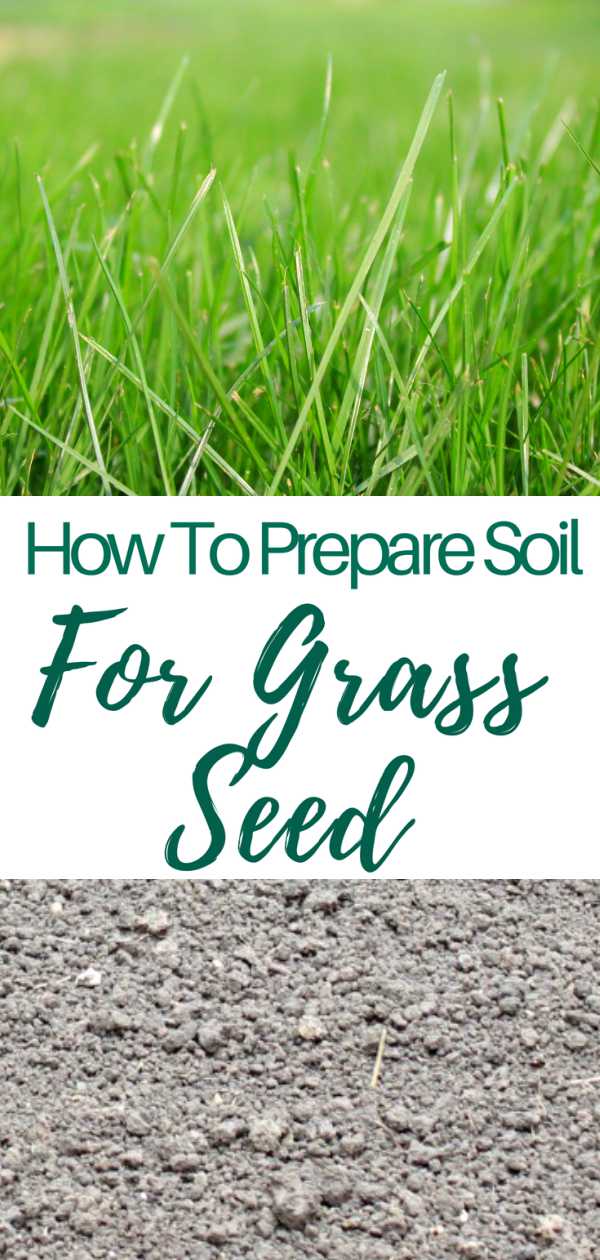How to Care For A New Lawn
Article may contain Amazon & affiliate links. As an Amazon Associate I earn from qualifying purchases at no additional cost to you.
Caring for new grass requires some simple steps from watering to feeding and mowing! Here you’ll find some basic but very important tips on how to care for a new lawn for a healthy grass.
How To Care For A New Lawn

As you may know, I’ve started to grow my own grass fro seeds a while back, in summer to be more specific, the worst season of all. And I’ve been sharing the lessons I’ve learnt in a couple of posts you can find here. Today I’m going to continue the series with a few tips on how to care for a new lawn, based on my own experience and the issues I’ve stumbled on while growing my lawn.
More gardening articles you will love:
- How to prepare the soil for grass seed
- Growing grass from seed
- DIY vinegar weed killer
- DIY natural aphid repellent
As I’ve highlighted in my other posts, picking the right time to grow your lawn is very important and will make your life thousand times easier. Since it’s fall now, I think this is the best season to start sowing grass seed if you haven’t been impatient as myself and started the process in summer. The soil temperature and humidity are simply perfect this season and the effort you’ll put into growing a lawn is pretty much minimal.
But no matter the season, these steps on how to care for a new lawn are super important, from watering to feeding, mowing your lawn and getting rid of weeds. If you want a healthy, good looking lawn you will have to put in a little effort. Below are a few basic guidelines on caring for your newly established lawn.
How To Care For A New Lawn

- Minimize foot traffic and play on a new lawn for a few weeks. I went to the extremes and announced my family they won’t be able to play on our (read my!) new lawn for a year. We still walk on it from time to time when there’s no way to avoid it but we do our best not to abuse it since the new grass is still pretty fragile.
- Water your established lawn as early in the morning as possible to take advantage of the daily start of the grass’s normal growing cycle and in summer, to reduce water loss to evaporation. In summer, water a newly established lawn every second or third day, making sure you water deeply so the soil is moist to a depth of about 2″. In fall you may find it’s not necessary to water at all sometimes, especially when it rains heavily. Just check the soil for moisture by sticking a screwdriver in. If it comes out with dry soil, you need to water, if the soil is moist for up to 2″ you can skip the watering for a few more days. I found that my grass retains the morning moisture from the dew pretty nicely so this season I only deep water once in about 2 weeks.
- Feed your lawn regularly. Start fertilizing your new lawn anytime between 4 and 8 weeks since sowing. I use a fertilizer every month, according to the season we’re in. Continue with regular feedings every 4-6 weeks to provide the nutrients your lawn needs to kill the weeds and face the stress coming from drought in summer, mowing or foot traffic. I like to use a fertilizer the morning after I just mowed my lawn, followed by deep watering. Use a seed spreader or a hand held one.
- Mow your lawn as often as possible to stimulate growth. As soon as the grass reaches 3″- 4″, mow about 1/3 of it in summer and about 1/2 in fall. In the summer heat the grass will need to stay taller to retain moisture while in fall this is not necessary as there’s plenty of natural moisture so you can mow your lawn shorter. Make sure it’s not too short though, as it might have a negative impact on grass health. In summer I had to mow my lawn every week but in fall I don’t see the need for up to 2 weeks. I like mowing my lawn between 5 and 7 PM in summer because this way my newly mowed lawn is protected from heat and has plenty of time to recover at night time when it’s cooler. In fall I think the perfect time is in the afternoon as the blades of the grass are not moist anymore, the moisture is only in the roots and I can cut the dry grass easier than in the morning or evening.
[amazon-related-products keywords=”product suggestions keywords”]
- Alternate the direction of mowing each time you mow too.
- Make sure your mower’s blades are sharp enough, to avoid damage on the grass blades. I sharpen my blades once every season, just a bit, no need to have super sharp blades.
- Clean your mower properly every time you finish mowing. This is to prevent spreading grass disease in case there’s any you haven’t identified yet. Plus it helps your mower last longer if proper care is applied.
- Remove the grass clippings right after you’re done mowing. This is because it might smother any grass seed that has yet to germinate if you’re mowing for the first time. For older grass, the clippings may rotten because of too much moisture and cause the grass around it to rotten too and then die. Also a build up of clippings can eventually create the perfect environment for disease. Some say the clippings, when left in place after cutting the grass, will provide a source of organic fertilizer and will also help the soil retain water which will then promote root growth and a healthy lawn. I found that this is really not working for me, on the contrary, it basically kills my lawn.
- Get rid of weeds regularly. A new lawn is not strong enough to fight the weeds on its own, it needs a little help. I would not apply a weed killer in the first year for the same reason so your best choice is to regularly go around your lawn and pick the weeds by hand. Do this when the soil is a little moist so you can pick their roots too and use gloves to protect your hands.
Caring for your lawn will not only give you a nice looking, healthy lawn but will also prevent or fight back lawn disease if you were unfortunate enough to deal with that. It’s a pain in the back, I’ve experienced that first hand so following these tips on how to care for a new lawn, the next step will be how to deal with lawn disease.







ABOUT PETRO
Hi, I’m Petro, author and founder of Easy Peasy Creative Ideas. Sewist, crafter, avid DIY-er, foodie, photographer, homemaker and mommy to one. I’m an expert at coming up with quick, clever sewing tips, recycling crafts and simple, easy recipes! You can find my ideas featured in reputable publications such as Country Living, Good House Keeping, Yahoo News, WikiHow, Shutterfly, Parade, Brit & Co and more. Thanks for stopping by and hope you’ll stay for a while, get to know me better and come back another time. Stick around for real fun projects! Read more…